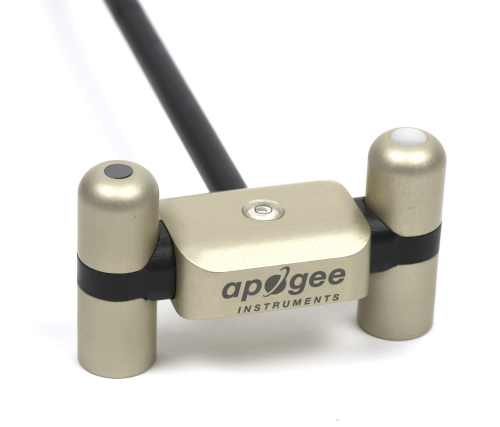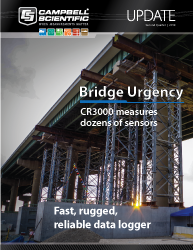
The accuracy of net radiation measurements can make a huge difference in research and in crop and water management. A 10% difference in a measurement can result in over- or under-watering, or in erroneous research conclusions. Users need greater accuracy than that.
Researchers and agricultural experts realized that computer models and inaccurate radiometers can cause errors like this. And they found that the existing high-accuracy, four-component net radiometers had some weaknesses, such as large size, high power usage, and high cost. They also were complex to set up, and used many wires and ports to handle data and power needs.
The solution to the need for accuracy was resolved with the development of four-component net radiometers, with upward- and downward-facing sensors for short-wave and long-wave radiation. But the first four-component sensors still had size, cost, and power problems.
Apogee Instruments (a Campbell Scientific partner) took what users told them and built the SN500SS. Working for several years, Apogee brought the size, power consumption, and price down much lower than existing net radiometers, while equaling performance and surpassing in simplicity and ruggedness. The SN500SS includes on-board electronics that convert the signal to digital, and users have the flexibility to use the data from the individual sensors separately or combined.
The sensor uses only one communication port, one power port, and one ground, simplifying installation and reducing points of possible error. This also leaves more channels available on the datalogger for other instruments. The integrated heater uses very little power, and the sensor’s footprint is small, so users can more easily work it into their systems or weather stations.

